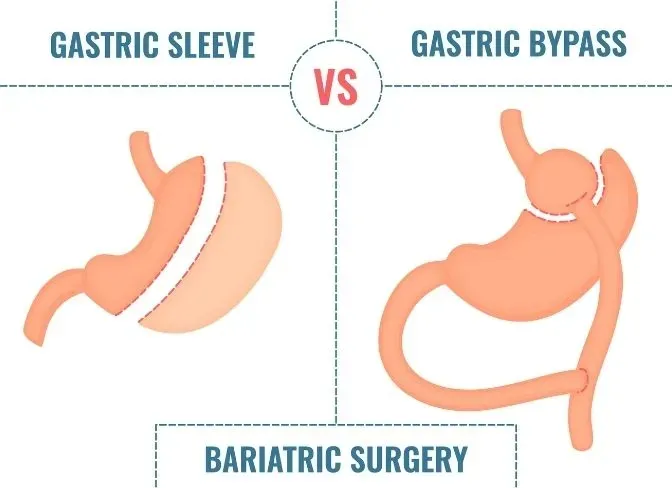Scarring and wounds are inevitable parts of the healing process. But not every wound heals the same way, and some may leave scars that are uncomfortable or unpleasing. You may reduce scarring and better care for your wounds by being aware of the healing process.
What Causes Wounds?
Cuts, scrapes, burns, and puncture wounds are just a few examples of the many different things that can result in wounds. They may also result from severe injuries or surgical wounds. The kind of wound and its degree will impact how quickly it heals and whether or not a scar forms.
How Wounds Heal
The healing process of a wound is divided into three stages:
The body responds to the wound by boosting blood flow and supplying oxygen and nutrients to the region during the first, or inflammatory, stage of healing. Normally, this period lasts two to three days.
Proliferative stage: During this phase, the body starts to repair damaged blood vessels and skin as well as to generate new tissue. Usually lasting 3 to 21 days, this phase.
Maturation stage: The body continues to strengthen and repair the tissue throughout this last stage of healing, albeit more slowly. From a few months to a year, this stage might last.
Factors That Affect Wound Healing
There are several factors that can affect the healing process of a wound, including:
Due to immune system deterioration and reduced blood flow, older people may recover more slowly.
For optimal wound healing, a balanced diet that contains protein, vitamins, and minerals is essential.
Maintaining good hygiene is essential for a wound’s successful healing.
Smoking might delay recovery and raise the possibility of problems.
Chronic illnesses: Long-term disorders that raise the risk of infection, such as diabetes and heart disease, might interfere with the healing process.
Scarring
Scarring results from the body creating collagen to mend the injured tissue and is a normal component of the healing process. The following variables will affect the degree of scarring:
- Type of wound: Some types of wounds, such as surgical incisions, are more likely to leave scars.
- Location of the wound:Wounds on the face, hands, and joints are more likely to scar.
III. Age: Children and younger adults tend to have less noticeable scars.
- Genetics: Some people are genetically predisposed to developing keloid scars, which are raised, thick, and often itchy.
Minimising Scarring
There are several steps you can take to minimise scarring, including:
- Keeping the wound clean: This will help prevent infection and promote proper healing.
- Avoiding sun exposure: Sun exposure can cause scars to darken and become more noticeable.
III. Using silicone sheets or gels: These products can help reduce scarring by keeping the area moisturised and preventing the formation of excessive collagen.
- Massaging the scar:Gentle massage can help improve the appearance of scars by breaking down excess collagen and smoothing the skin.
Summary
Scarring and wounds are inevitable parts of the healing process, but by being aware of what influences healing and taking precautions to reduce scarring, you may assist guarantee that your wounds mend properly. It’s always preferable to visit a doctor or other expert if you have any worries regarding your wounds or scars.






Get Free Quote